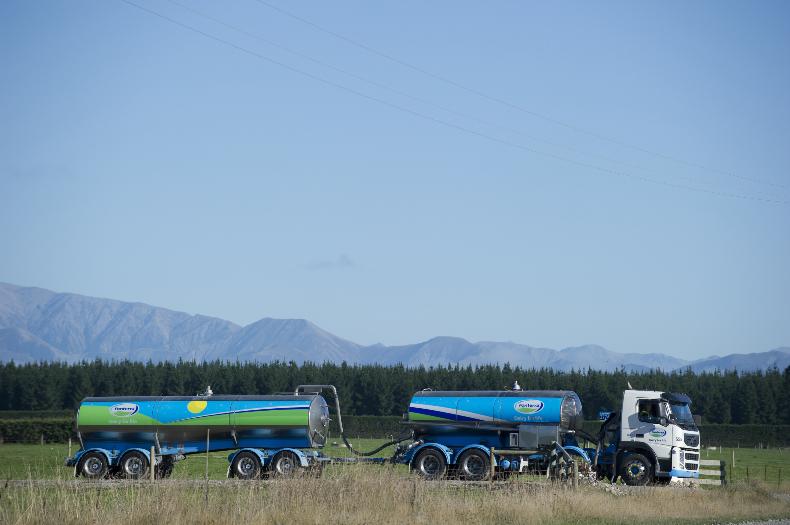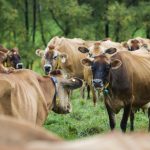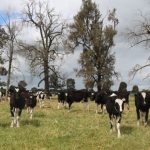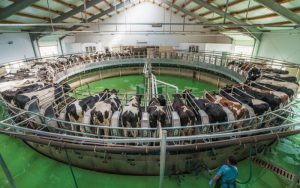
New Zealand, the world’s largest dairy exporter, is forecasting a 5% drop in dairy exports for its 2020/21 season. According to the recent outlook report published by the New Zealand government for its agriculture sector, New Zealand dairy exports will fall 5% this year to just over NZ$19bn (€11.3bn).
The decline in New Zealand dairy exports will be led by a decline in shipments of the main dairy commodities such as butter, cheese and milk powders. Only exports of casein, infant formula and fluid milk products like UHT milk, ice cream and yoghurt are forecast to rise this year.
According to the report, which was published by the New Zealand Ministry for Primary Industry, exports of whole milk powder (WMP) will fall 7% to NZ$7bn (€4.1bn), while exports of skimmed milk powder (SMP) will drop 1% to NZ$1.8bn (€1bn).
On the fats side, exports of butter and cream are forecast to fall almost 20% this year to just over NZ$2.7bn (€1.6bn), while cheese exports are forecast to fall 8% to NZ$1.9bn (€1.1bn).
Protein push
In contrast, the New Zealand Ministry for Primary Industry is forecasting an 8% rise in exports of casein proteins to NZ$2.2bn (€1.3bn) and a 15% increase in exports of UHT milk, ice cream and yoghurt products to NZ$1.7bn (€1bn). New Zealand infant formula exports are forecast to rise 4% in 2021 to NZ$1.9bn (€1.1bn).
Rising supply
“Expectations for another strong production season are expected to be offset by weaker global dairy prices, as markets continue to deal with the impacts of the COVID-19 crisis. For New Zealand’s dairy farmers, this is expected to translate into lower farmgate milk prices for the current season,” the outlook report published by the New Zealand Ministry for Primary Industry reads.
“Over the short-term, dairy export prices are expected to remain relatively constrained. Expectations of increasing New Zealand milk solids production growth this season will feed into an international global dairy supply chain that is currently experiencing supply pressures,” it concludes.

























